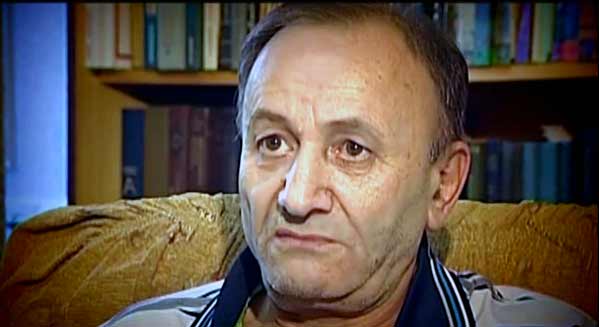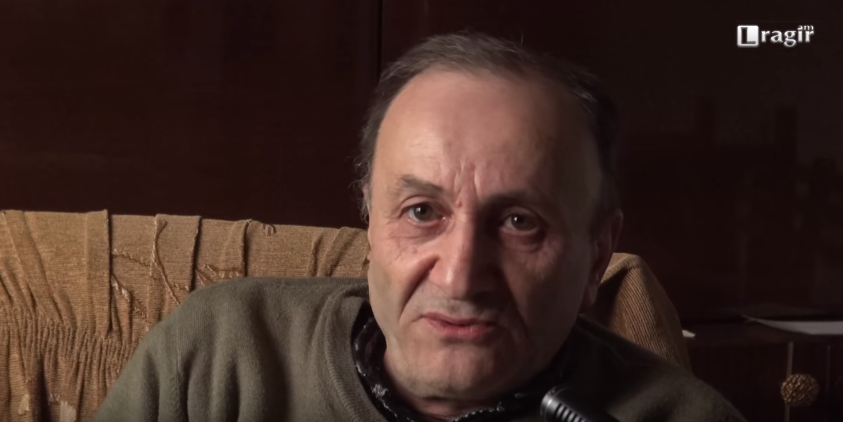Manuchar Manucharyan’s Death Case in ECHR

After exhausting Armenian courts for the case of his brother’s death, Onik Manucharyan, the brother and successor of soldier Manuchar Manucharyan who died on 31 July 2013 in the RA MoD Military Unit N24923 (with the official version of suicide), filed a lawsuit to the European Court of Human Rights.
Lawyer Mushegh Shushanyan’s claim states that according to the applicant, “the respondent government did not fulfill its responsibility of the protection of Manucharyan’s life in the territory of the military unit under its exclusive control, and subsequently did not fulfill its responsibility to conduct an effective investigation into the death of his brother in order to prosecute the perpetrators.”
It should be reminded that lawyer Mushegh Shushanyan and representative of the victim’s successor, expert of Peace Dialogue NGO Ruben Martirosyan found a number of violations in the phases of the preliminary investigation and trial on Manucharyan’s case. Particularly, no fingerprints sufficient for further comparative analysis and identification were found on the AKS N1119879, allegedly the weapon of suicide, and the magazine attached to the machine gun. This indicates that the fingerprints were deliberately destroyed by an undisclosed person. No investigation has been carried out on this fact, and the courts have not given any official statement since it would contradict the false hypothesis of suicide. The court testimonies of A. Abrahamyan and A. Sahakyan on the fact that their preliminary testimonies were incompatible with the reality and had been subjected to coercion, were not properly assessed by the courts and were not taken as a basis.
No investigation has properly been conducted on the various injuries revealed on M. Manucharyan’s body (caused posthumously and shortly before the death) by the preliminary investigation body to determine the details of their origin or the persons who caused the injuries; The Court of First Instance did not give any assessment to this fact.
A 5 mm diameter hole, typical of that caused by a gunshot, was revealed on the back of the right leg of Manucharyan’s trousers (from the clothing examination protocol: “The left leg of the military trousers up to the knee part is soaked in a blood-like substance; on the right leg of the trousers approximately 3.5 cm above the side pockets there is a round (half-moon shaped) hole with a diameter of 1.5×1 and with undone edges. At the back of the right foot of the trousers on the level of the knee, there is an absorbed stain with the size of 10×25 cm above which there is a round-shaped 5 mm hole the edges of which have traces of burn”); however, according to the conclusions of forensic experts (“Conclusions”), no gunshot damages were detected on the victim’s military trousers.
In 2016 during the trial, the examination of M. Manucharyan’s military trousers revealed the 5 mm diameter gunshot hole with burnt edges, described in the 2013 protocol on the examination of the clothing but the court judge expert, A. Hambardzumyan stated that that during the examination of Manucharyan’s clothes, no gunshot wounds had been found by him.
Rising from the fact that the exit trace of the supposed bullet was not found on any other part of the trousers, the aggrieved party expressed the conviction that the bullet remained in the victim’s right leg and the circumstances may be determined by means of exhumation. However, the court rejected the mediations for assigning a double forensic examination of the trousers and the exhumation of the body.
The Criminal Court of Appeal rejected the applicant’s complaint in 2018, without referring to the arguments included in the appeal, but pointing out that they were groundless and were denied by the evidence obtained in the course of the case; the Court of Cassation refused to take the case at all.
P.S. On April 3 of the current year, the aggrieved party received a confirmation from the HRD stating that the Court Secretariat received the application and initiated a proceeding. “The court will investigate the case at the earliest opportunity”, has been stated in the Court Secretary’s reply.
Posted 28 February, 2019















